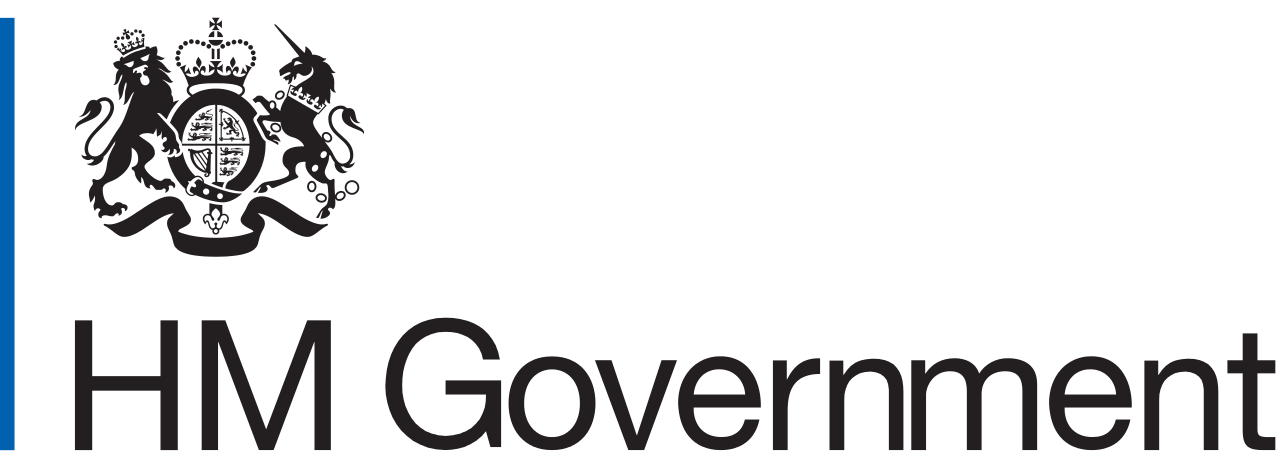Norfolk & Suffolk is ideally placed to help the Government deliver a world-leading hydrogen economy which could unlock £4bn investment by 2030, according to New Anglia Local Enterprise Partnership.
Bacton gas terminal has already been identified as a significant hydrogen hub for London and the South East and the potential for further production of the low-carbon energy via Sizewell B and the Freeport East consortium, as well as offshore wind farms, means the region could play a major role in the drive to Net Zero.
The UK’s first-ever hydrogen strategy has been unveiled for the next decade and beyond, setting out the foundation for how the Government will work with industry to meet its ambition for 5GW of low-carbon hydrogen production capacity by 2030.
That is the equivalent of replacing natural gas in powering around 3 million UK homes each year as well as powering transport and businesses, particularly heavy industry.
The hydrogen economy envisioned in the Government’s plans could support more than 9,000 UK jobs and free up £4bn in investment by 2030. A consultation will be launched to look at ways to overcome the cost gap between low-carbon hydrogen and fossil fuels, and the Government will invest £105m towards helping polluting industries to significantly cut their emissions.
New Anglia LEP chief executive Chris Starkie welcomed the announcement and said the increased use of hydrogen to reduce carbon emissions presented huge opportunities for the region.
“We have strong foundations to support early deployment of a hydrogen cluster, potentially through continuing development of facilities at the Bacton gas terminal and the transformation of it into a diversified energy hub,” he said.
“Recent reports from the Oil and Gas Authority and Hydrogen East have borne out the potential for early deployment of both blue and green hydrogen close to the site and a range of near-term use cases have been identified.
“Meanwhile, the planned Freeport East Hydrogen Hub promises to be one of the world’s most exciting and innovative nuclear, hydrogen, maritime and transport decarbonisation schemes. A pillar of the Freeport East bid, it could begin to create significant numbers of new jobs within the next 12 months and will demonstrate the UK’s Net Zero capabilities in the build-up to COP26.”
Norfolk and Suffolk’s energy sector is already one of the UK’s primary generators of renewable electricity. Wind turbines in our coastal waters produce around 44% of the UK’s total 10.4GW of offshore wind energy, which could be utilised to produce green hydrogen.
At the same time, Sizewell B currently produces enough nuclear power for around 8% of UK homes, which could be used off-peak to produce pink hydrogen. The Southern North Sea (SNS) is also the UK’s principal gas basin and 30% of our natural gas comes ashore at the strategically important Bacton complex.
EDF Energy is looking at developing a green hydrogen demonstrator project at Sizewell B and working with the Freeport East consortium – centred on the ports of Felixstowe and Harwich – on plans to produce 1GW of hydrogen (20% of the UK’s 5GW target) to help decarbonise the maritime and road haulage sectors.
The LEP is working with the Cambridgeshire & Peterborough Combined Authority on an alternative fuels strategy which will include examining the potential for hydrogen.
Norfolk & Suffolk’s key strengths include:
- Likely early availability of blue hydrogen at scale from legacy Southern North Sea assets.
- Carbon capture, utilisation and storage (CCUS) technology so it can be landed through existing pipes and potential storage facilities offshore for CO2 and possibly hydrogen.
- Green hydrogen production at scale from continuing build-out of wind generation, solar power onshore and possible new nuclear development.
- Potential markets in heavy transport, heating, agriculture and food processing could offer security of demand and pull through investment in necessary infrastructure.
Mr Starkie said: “The economic opportunity is significant, especially if development can be targeted and aligned with existing regional strengths and capabilities.
“The issue for the region is not whether the region can contribute to realisation of the 2030 hydrogen and 2050 Net Zero targets, but how big that contribution could and should be.”




